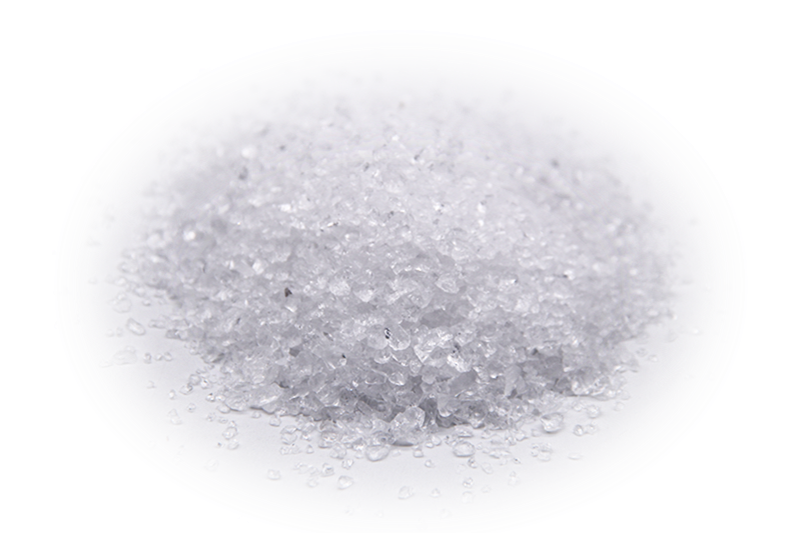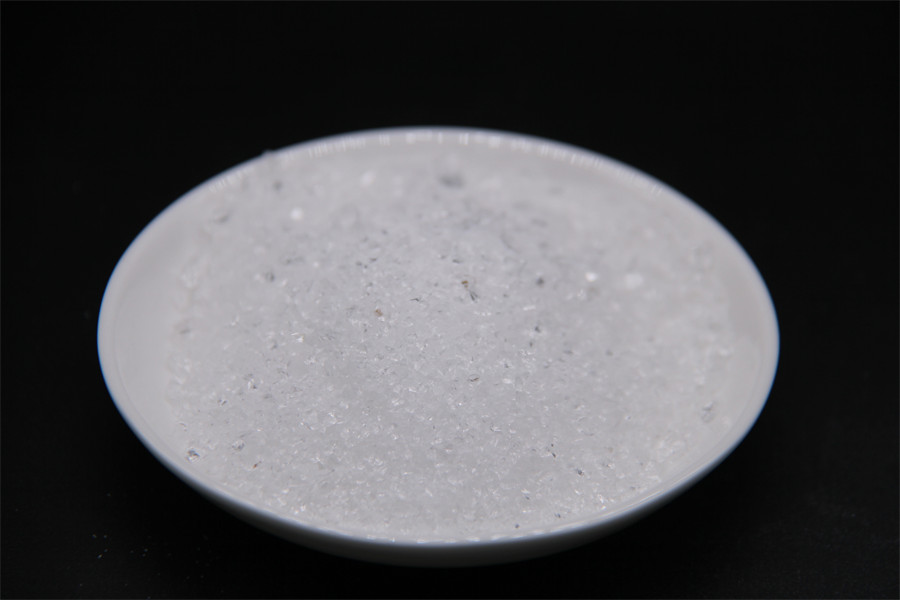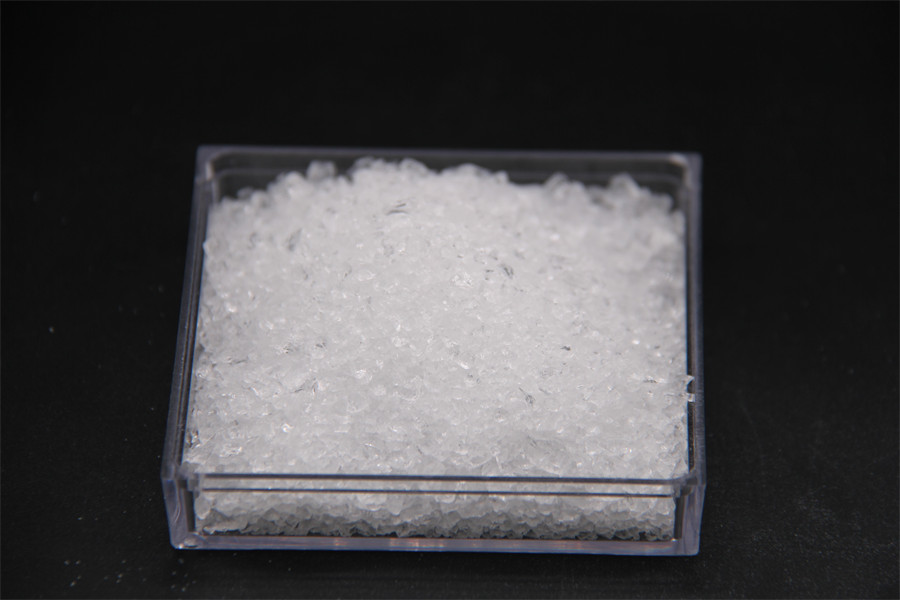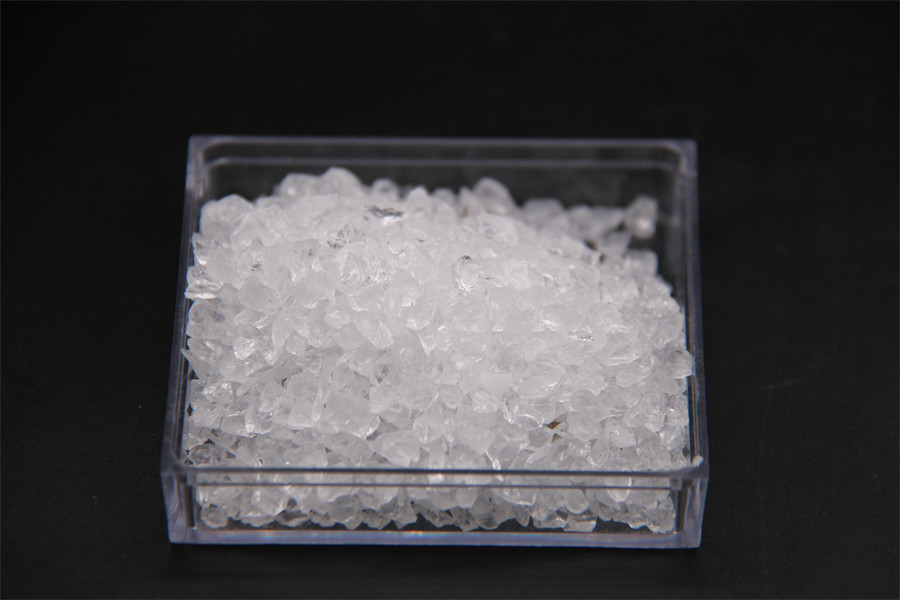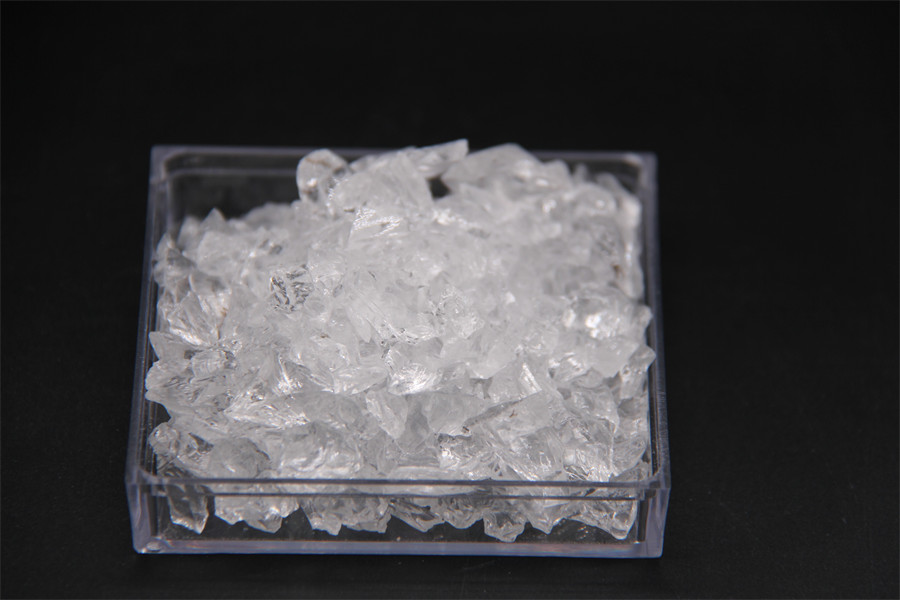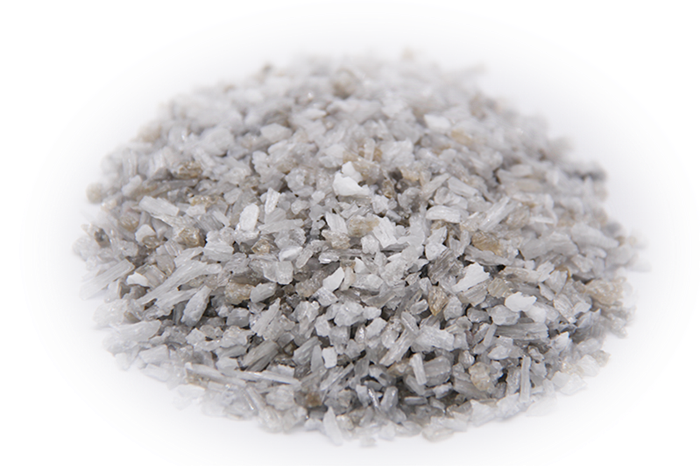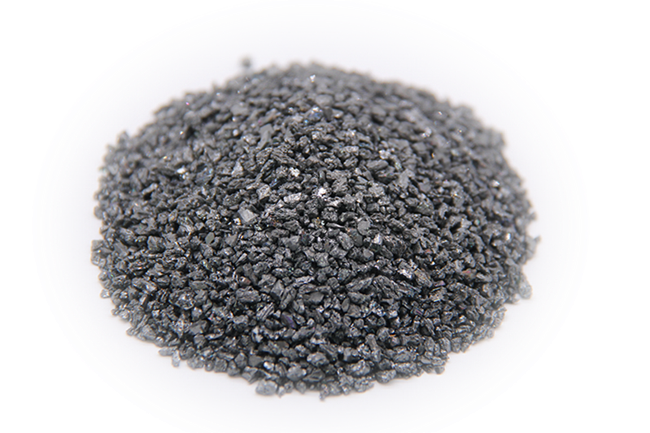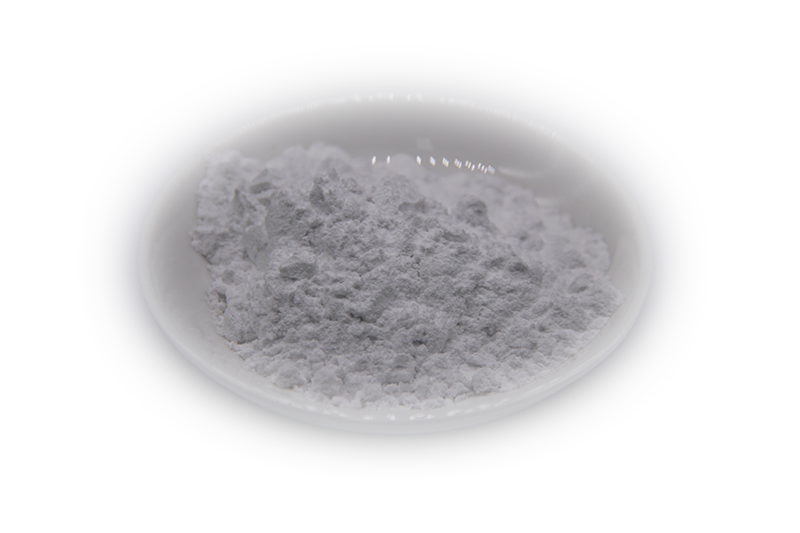Fused Silica Excellent Thermal And Chemical Properties As Crucible Material
- Electro-quartz
- Fused quartz
- Fused silica lump
Short Description
Applications
Fused Silica is an excellent raw material for use in investment casting, refractories, foundries, technical ceramics, and other applications that require a consistent, high purity product with very low thermal expansion.
| Chemical Composition | First Grade | Typical | Second Grade | Typical |
| SiO2 | 99.9%min | 99.92 | 99.8%min | 99.84 |
| Fe2O3 | 50ppm max | 19 | 80ppm max | 50 |
| Al2O3 | 100ppm max | 90 | 150ppm max | 120 |
| K2O | 30ppm max | 23 | 30ppm max | 25 |
Process Of Production And Characteristic
Fused Silica is made from high purity silica, using unique fusion technology to ensure the highest quality. Our Fused Silica is over 99% amorphous and has an extremely low coefficient of thermal expansion and high resistance to thermal shock. Fused Silica is inert, has excellent chemical stability, and has extremely low electrical conductivity.
Fused quartz has excellent thermal and chemical properties as crucible material for single crystal growth from melt,and its high purity and low cost makes it especially attractive for the growth of high-purity crystals.However,in the growth of certain types of crystals,a layer of pyrolytic carbon coating is needed between the melt and the quartz crucible.
Key Properties of Fused Silica
Fused silica has several remarkable features both concerning its mechanical, thermal, chemical and optical properties:
• It is hard and robust, and not too difficult to machine and polish. (One may also apply laser micromachining.)
• The high glass transition temperature makes it more difficult to melt than other optical glasses, but it also implies that relatively high operation temperatures are possible. However, fused silica may exhibit devitrification (local crystallization in the form of cristobalite) above 1100 °C, particularly under the influence of certain trace impurities, and this would spoil the optical properties.
• The thermal expansion coefficient is very low – about 0.5 · 10−6 K−1. This is several times lower than for typical glasses. Even far weaker thermal expansion around 10−8 K−1 is possible with a modified form of fused silica with some titanium dioxide, introduced by Corning [4] and called ultra low expansion glass.
• The high thermal shock resistance is a result of the weak thermal expansion; there is only moderate mechanical stress even when high temperature gradients occur due to rapid cooling.
• Silica can be chemically very pure, depending on the fabrication method (see below).
• Silica is chemically quite inert, with the exception of hydrofluoric acid and strongly alkaline solutions. At elevated temperatures, it is also somewhat soluble in water (substantially more than crystalline quartz).
• The transparency region is quite wide (about 0.18 μm to 3 μm), allowing the use of fused silica not only throughout the complete visible spectral region, but also in the ultraviolet and infrared. However, the limits substantially depend on the material quality. For example, strong infrared absorption bands can be caused by OH content, and UV absorption from metallic impurities (see below).
• As an amorphous material, fused silica is optically isotropic – in contrast to crystalline quartz. This implies that it has no birefringence, and its refractive index (see Figure 1) can be characterized with a single Sellmeier formula.





